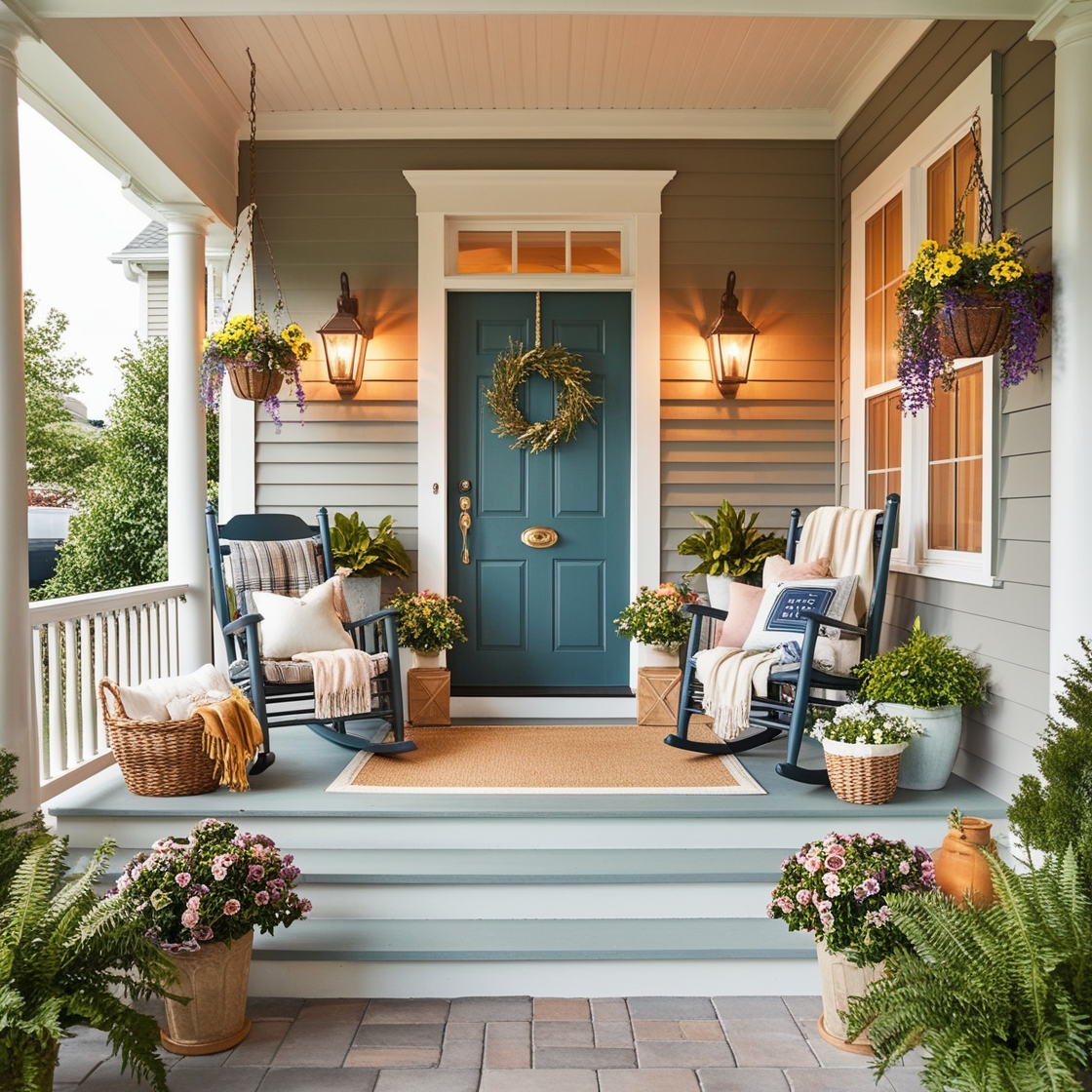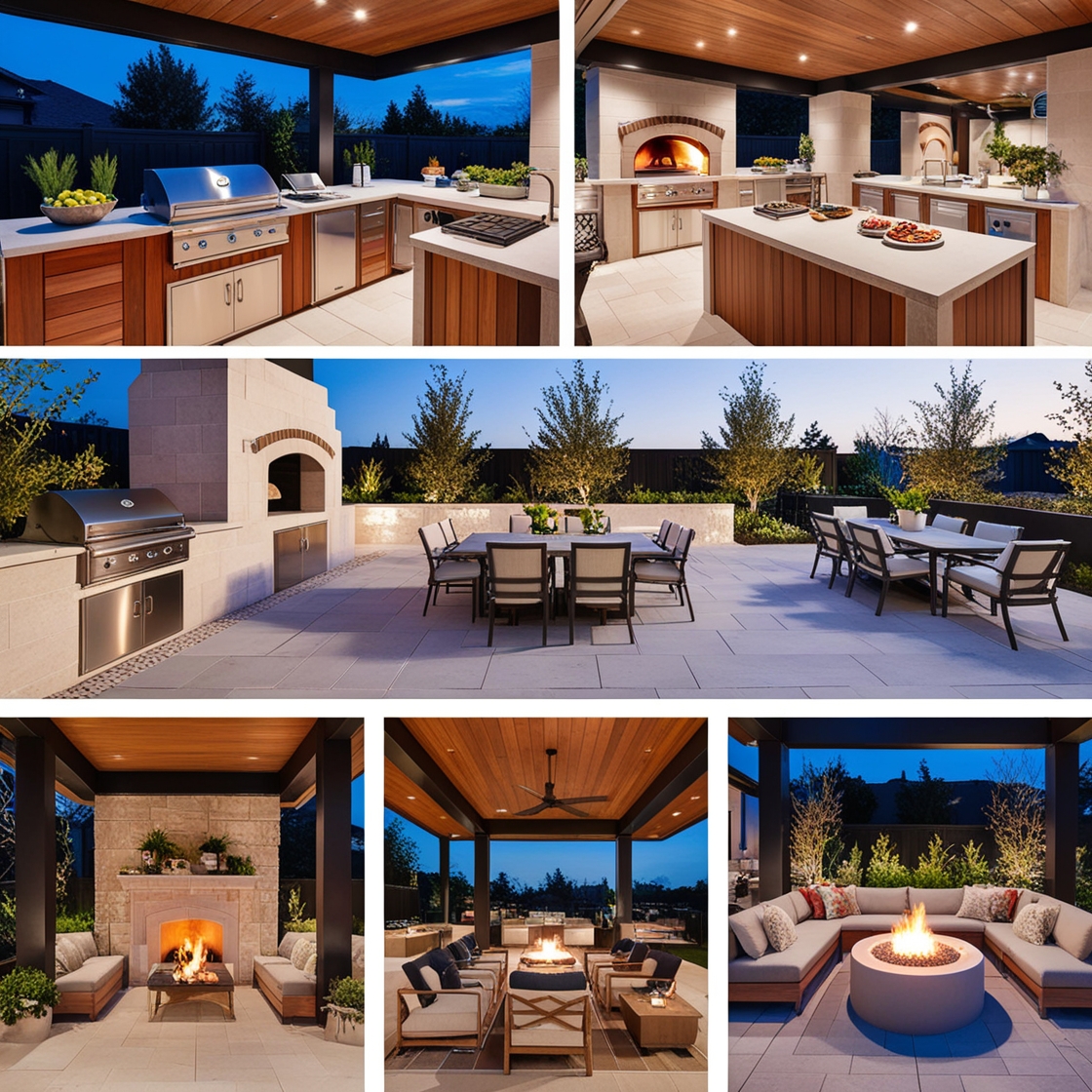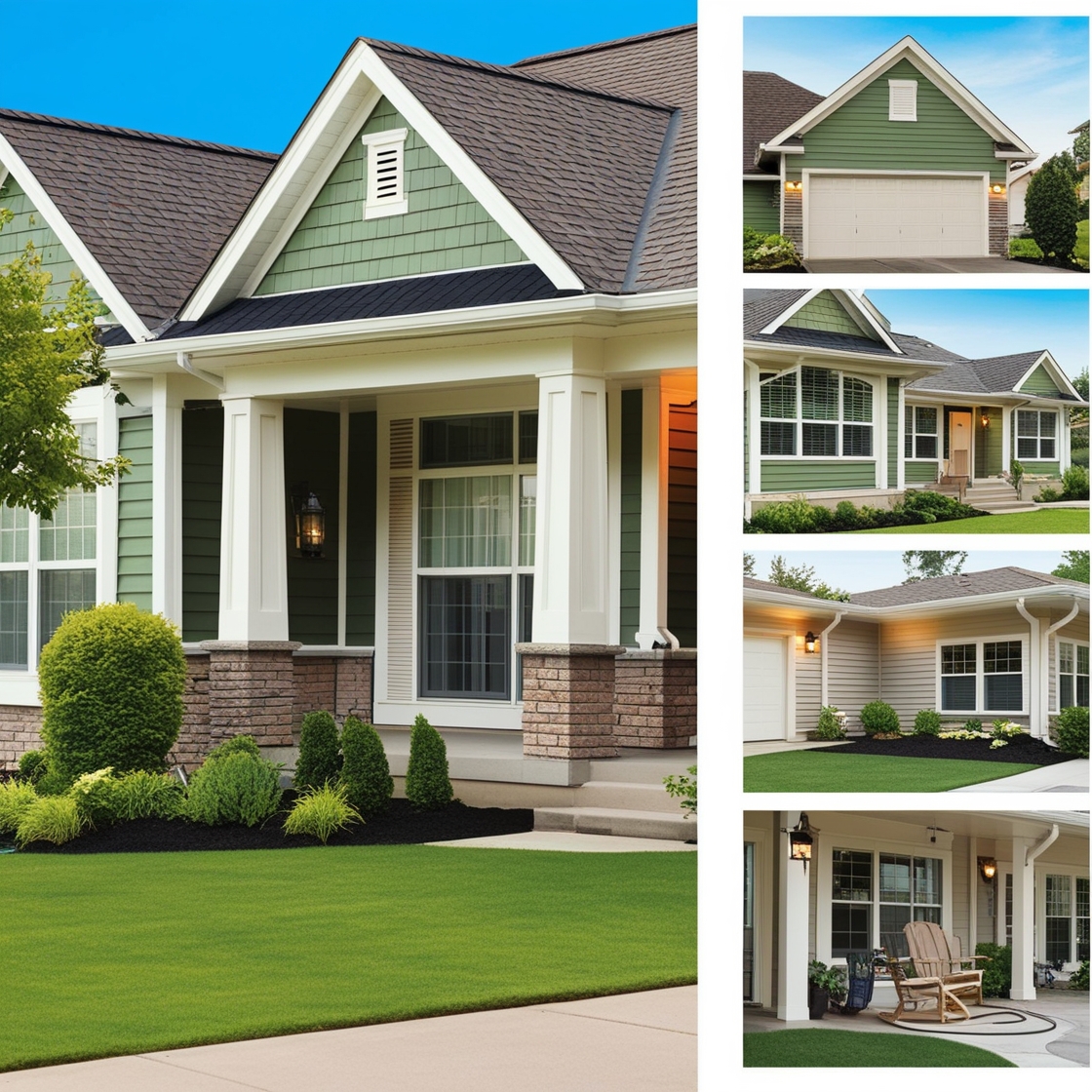
What are the most popular exterior materials for homes?
When it comes to designing a home, one of the most crucial decisions homeowners face is choosing the right exterior materials. Not only do these materials define the look and style of your home, but they also play a significant role in its durability, energy efficiency, and maintenance requirements. With a variety of options available, each with its own set of advantages and drawbacks, selecting the best material can be overwhelming. In this article, we’ll explore some of the most popular exterior materials for homes, discussing their benefits, drawbacks, and the styles they best complement.
1. Brick
Brick is a timeless and classic exterior material that has been used in home construction for centuries. Known for its durability and low maintenance, brick offers a traditional and elegant look that never goes out of style.
- Advantages: Brick is incredibly durable, fire-resistant, and can last for decades with minimal upkeep. It also provides excellent insulation, helping to regulate indoor temperatures and reduce energy costs.
- Drawbacks: Brick can be more expensive than other materials, and its installation requires skilled labor. Additionally, while brick is generally low-maintenance, it may require occasional repointing to repair mortar joints.
- Best Suited For: Traditional, Colonial, and Craftsman-style homes.
2. Vinyl Siding
Vinyl siding is one of the most popular exterior materials due to its affordability, versatility, and ease of installation. It comes in a wide range of colors and styles, allowing homeowners to achieve various looks without breaking the bank.
- Advantages: Vinyl siding is cost-effective, lightweight, and easy to install. It requires minimal maintenance, as it doesn’t need to be painted and is resistant to pests and rot.
- Drawbacks: While vinyl siding is durable, it can be prone to cracking in extreme temperatures and may fade over time. It is also less environmentally friendly compared to natural materials like wood or brick.
- Best Suited For: Ranch, Contemporary, and Modern-style homes.
3. Wood
Wood siding offers a warm, natural aesthetic that many homeowners find appealing. It can be painted or stained in various colors, allowing for customization to match your personal style.
- Advantages: Wood is a renewable resource and can be easily replaced or repaired. It offers a classic, timeless look that can enhance the value of your home.
- Drawbacks: Wood requires regular maintenance, including painting, staining, and sealing, to protect it from moisture, pests, and rot. It can also be more expensive than other siding options.
- Best Suited For: Cottage, Cape Cod, and Craftsman-style homes.
4. Fiber Cement
Fiber cement siding is a durable and low-maintenance material made from a mixture of cement, sand, and cellulose fibers. It mimics the appearance of wood, brick, or stone, providing a high-end look without the high-end price tag.
- Advantages: Fiber cement is resistant to fire, termites, and rot, making it a long-lasting and low-maintenance option. It also offers excellent insulation properties and is available in a variety of textures and finishes.
- Drawbacks: Fiber cement is heavier and more challenging to install than other materials, often requiring professional installation. It can also be more expensive than vinyl or aluminum siding.
- Best Suited For: Modern, Farmhouse, and Craftsman-style homes.
5. Stucco
Stucco is a popular choice in regions with warm, dry climates, offering a smooth, seamless finish that can be customized with various textures and colors.
- Advantages: Stucco is energy-efficient, providing excellent insulation and helping to keep homes cool in hot climates. It is also durable and fire-resistant, with a lifespan of up to 50 years when properly maintained.
- Drawbacks: Stucco can be prone to cracking in areas with frequent freeze-thaw cycles and requires professional installation. It may also require occasional repainting or patching to maintain its appearance.
- Best Suited For: Mediterranean, Spanish, and Southwestern-style homes.
6. Stone Veneer
Stone veneer offers the luxurious look of natural stone at a fraction of the cost. It is often used as an accent material, adding texture and depth to a home’s exterior.
- Advantages: Stone veneer is lightweight, easy to install, and available in various styles and colors. It is also durable and requires little maintenance.
- Drawbacks: While stone veneer is more affordable than natural stone, it can still be more expensive than other siding options. It may also not be as durable as natural stone in extreme weather conditions.
- Best Suited For: Traditional, Craftsman, and Tudor-style homes.
7. Metal Siding
Metal siding, often made from aluminum or steel, is a modern and industrial option that is becoming increasingly popular in residential construction.
- Advantages: Metal siding is extremely durable, resistant to fire, pests, and rot, and requires little maintenance. It can also be recycled, making it an environmentally friendly option.
- Drawbacks: Metal siding can be prone to denting and scratching, and it may be noisier during rain or hailstorms. It can also be more expensive than vinyl or wood siding.
- Best Suited For: Modern, Industrial, and Contemporary-style homes.



